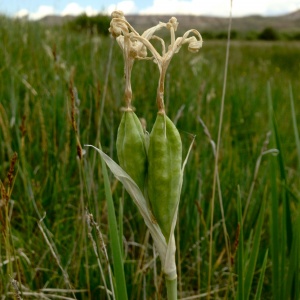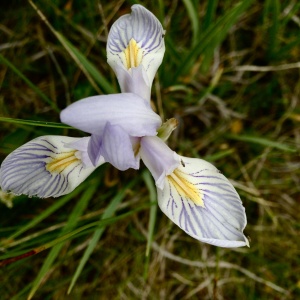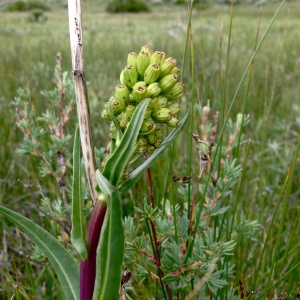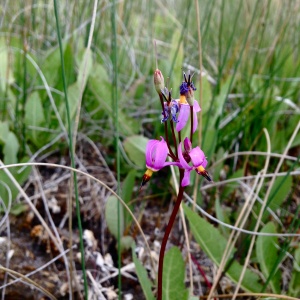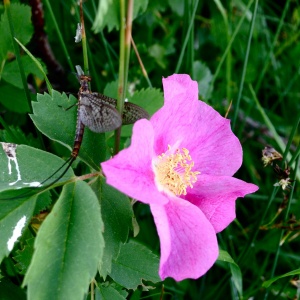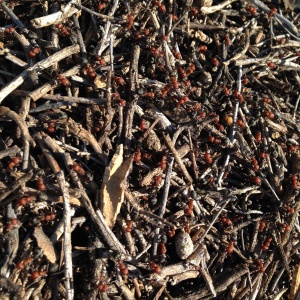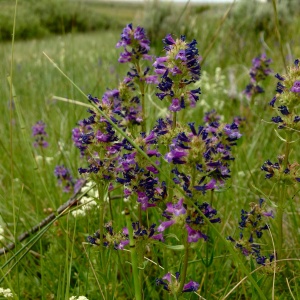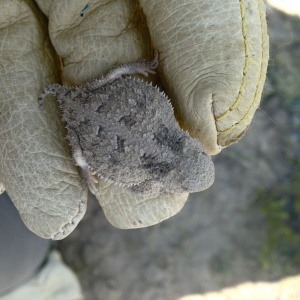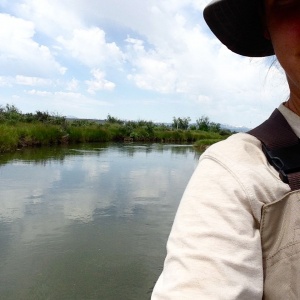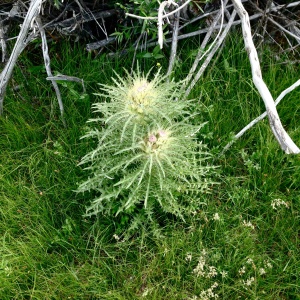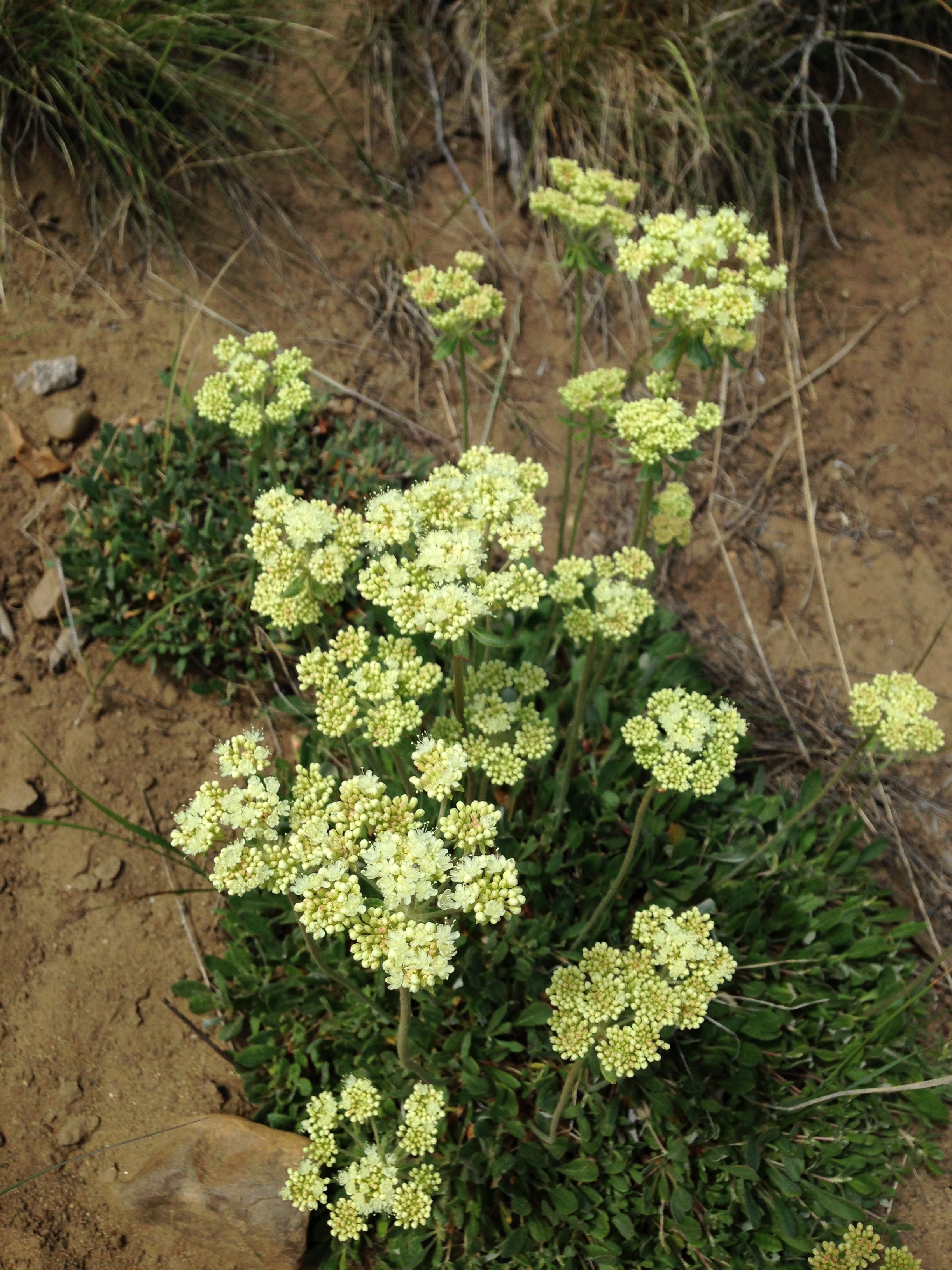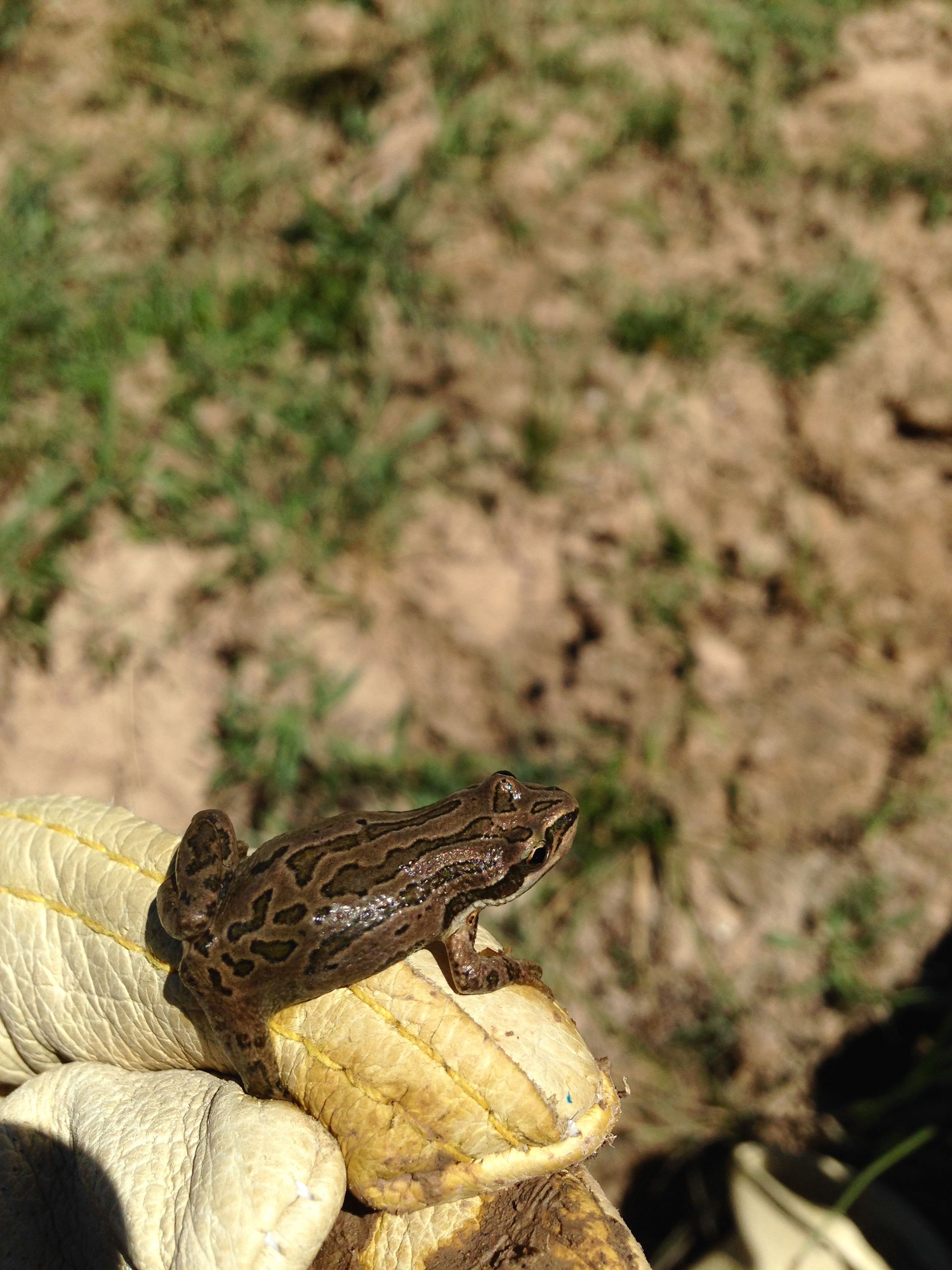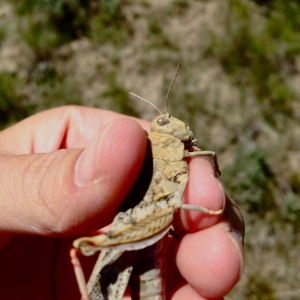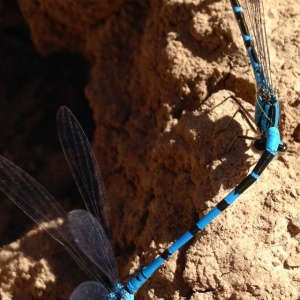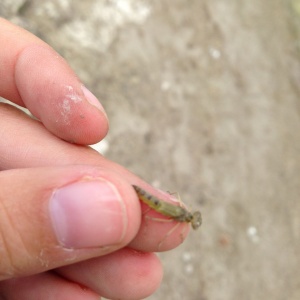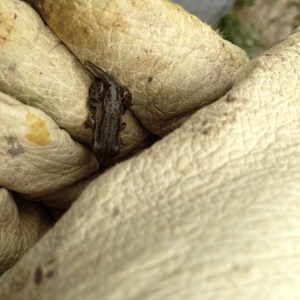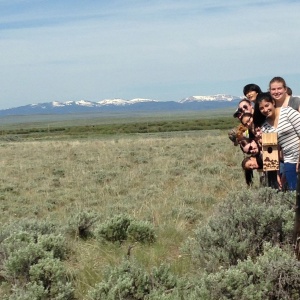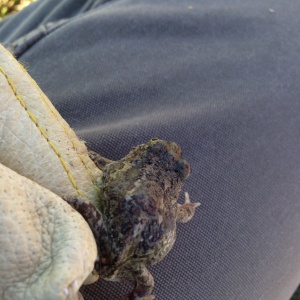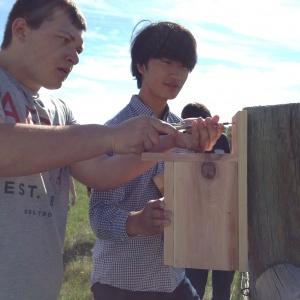Hello from New England! I am one of the Seeds of Success interns, based out of Garden in the Woods in Massachusetts, and doing seed collection on the New England coast. I’m having a fantastic time with my team and learning so much! For those of you just tuning in, here’s a little background of what we are doing: The seeds we collect will be sent to storage facilities and propagators to grow them, and eventually the plants from these seeds will be used as part of coastal restoration projects (many in areas damaged by Hurricane Sandy). By collecting seeds from large populations near the sites that will use these plants, we aim to give these projects plants that are both genetically diverse, but also representative of local genotypes and are adapted to local environmental conditions. However as it is still too early in the season, we haven’t done any seed collecting yet. Most of our time this past month has been spent learning and studying plants, and scouting out sites for future collections. We have also met with a few project managers at restoration project sites, where plants grown from our seed collections will be used. This has been an extremely valuable part of my learning experience in the internship in order to see the bigger picture of the impact our seed collection will make, and where we fit in to the whole process.

Our view while eating breakfast on our way to Stonington, CT last week. We’ve had a meal with a view like this almost every day in the field so far!
I especially got a lot out of our visit to a site in Stonington, CT last week. After camping over in Rhode Island last Thursday, we packed up our campsite Friday morning, grabbed some bagels, and headed to the site (not without getting slightly lost along the way of course) to meet a woman named Beth. We pulled onto a side street in an adorable little town, and were quickly met by a rocky coast heading into the water on the right. On the left, surrounded by a few houses, was the site – a sort of empty, muddy pit. The outer edges contained the typical plant life you would expect to see near the coast, however any sign of life dropped off immediately at the center of the pit.

Right side of the site – notice the distinct lack of vegetation in the center.

The left side of the site – notice how the vegetation suddenly drops off…
Beth greeted us with a huge smile, and excitedly shared about the work she and her coworkers had been doing here. As she explained the history and ecology of the site, a daunting list of hurdles became evident:
– Problem 1: Before it was a residential community, the area was composed of many factories, including a pottery factory right on the site, which had burned down in the 1950s.
– Problem 2: After the fire, site filled in with invasive Phragmites.
– Problem 3: During strong tides, the waves came over the wall of the pit and filled it with ocean water. Having no way to retreat back to the ocean, the water evaporates, concentrating the salt into the soil.
– Problem 4: Due to the increase in development and housing, fresh water drained in from neighboring streets began to also seep in to the site.
– Problem 5: October 2012, Hurricane Sandy greatly impacted the area. However, with the hurricane came more funding to restore coastal habitat. The DEP began taking care of the Phragmites with mowing and herbiciding cycle.
– Problem 6: While the removal of the Phragmites was rather successful, the mowing and digging led to very compacted soil.
– Problem 7: After most of the Phragmites was removed, they received a grant to plant native plants at the site. They chose plants that were ideal for that kind of harsh coastal habitat, yet for some reason, these plants immediately and very drastically died. Soil tests revealed one of the main impacts of Problem 1 from the factories – the soil had very high lead content.

Healthy patches of Solidago sempervirens (seaside goldenrod) along the edge of the site.

A very unhappy Solidago sempervirens, less than a foot away from the healthy patch in the picture above. This is a common coastal plant that normally can withstand very aggressive conditions.
Just when it seemed like Beth and her team were making progress, they were catapulted back to square 1. Essentially, they needed to find several plants that would grow well in soil with high salt content, freshwater as well as tidal influx, salt spray off the ocean, high lead content, and compacted soil – not to mention the very particular aesthetic of the neighbors that needed to be satisfied. Budgets and grants also had to be considered… If anyone reading this knows where we can find magical super-plants that meet all of these requirements, please let us know. You may become a millionaire. Or at least be crowned King/Queen of Conservation. In the meantime, Beth has been planting plugs of the grass Spartina patens, and has had some moderate success. Yet to top it all off, the local crows have decided to start a game with Beth and began pulling up the plugs and dropping them a few feet away to dry out in the sun.

Some of the planted plugs of Spartina patens doing well, closer to the coast line.
I need to pause here to appreciate Beth’s optimism. As if this site wasn’t already a seemingly complete disaster with no straight answer to bring it back to a healthy ecosystem, the crows pulling out the plugs was just the icing on the cake. I know if it were me, that would have tipped me over the edge. However Beth saw this as just another piece of the puzzle to be solved.

Pile of Spartina patens plugs we collected. After we left, Beth took these all back to her house to water them and soak them in a nutrient solution. She planned to plant them in deeper the next day to hopefully prevent the crows from pulling them up again.
Near the end of our time with Beth, we helped her pick up the Spartina plugs scattered by the crows. As we gently gathered the plugs one by one, I looked around at the site and felt what I’m sure is a piece of what keeps Beth going at this site. When you are in the mundane of work like that, it is sometimes hard to remember why you are there in the first place. Yet with the perspective that your work is a small thread connected to other small threads, working and weaving together to create a tapestry of something bigger than ourselves, your purpose becomes clear. Conservation is one of those fields that requires extreme, almost illogical optimism, and a willingness to fight for something that you may not see the end result of in your lifetime. I am grateful to have seen this perspective in action, and hope to apply it to the rest of my field season.
Signing off with peace, love, and lots of plants,
Krista Heilmann
Seeds of Success Intern
New England Wild Flower Society, Framingham, MA






















